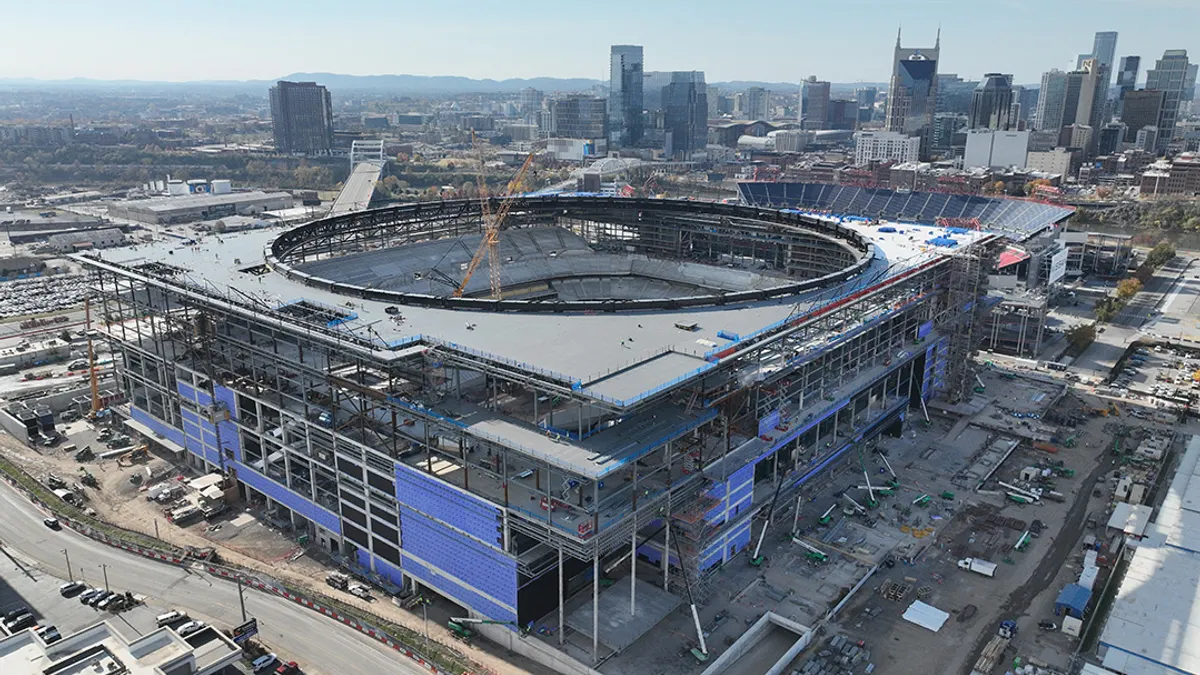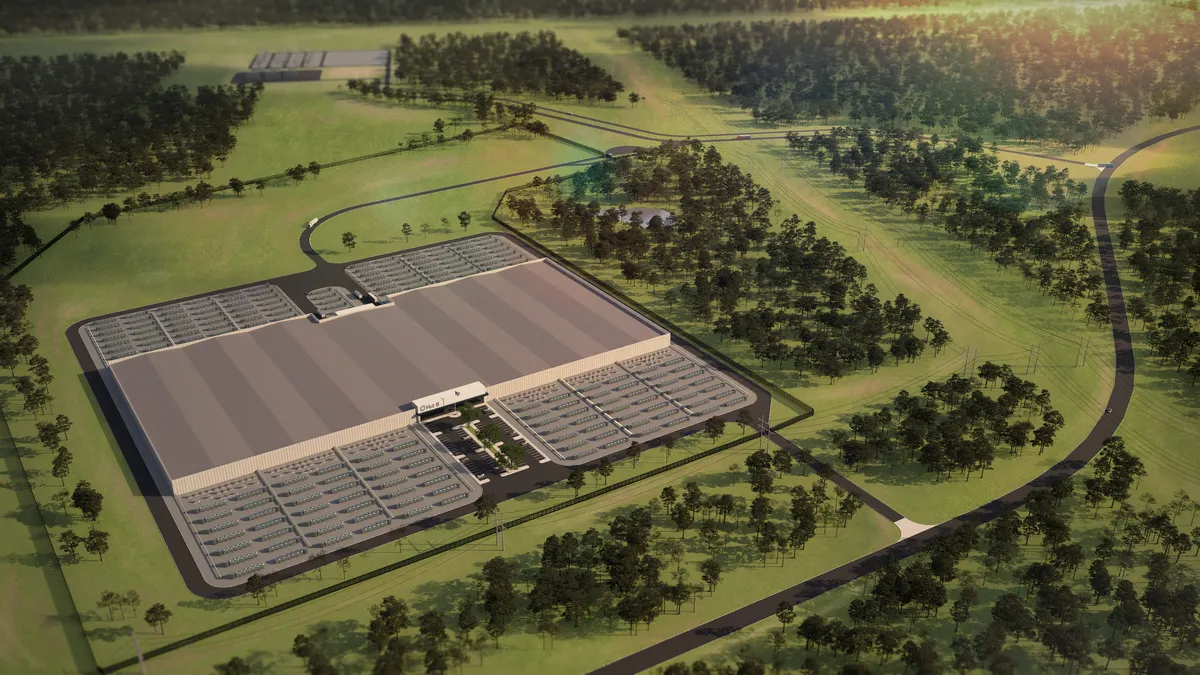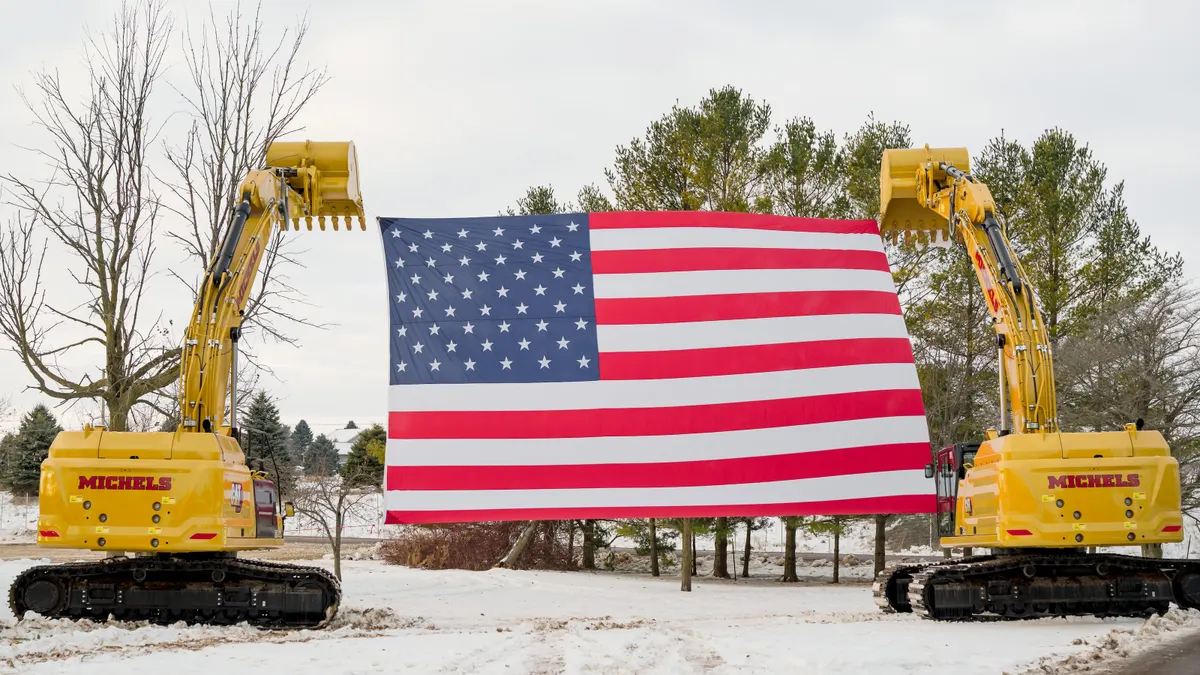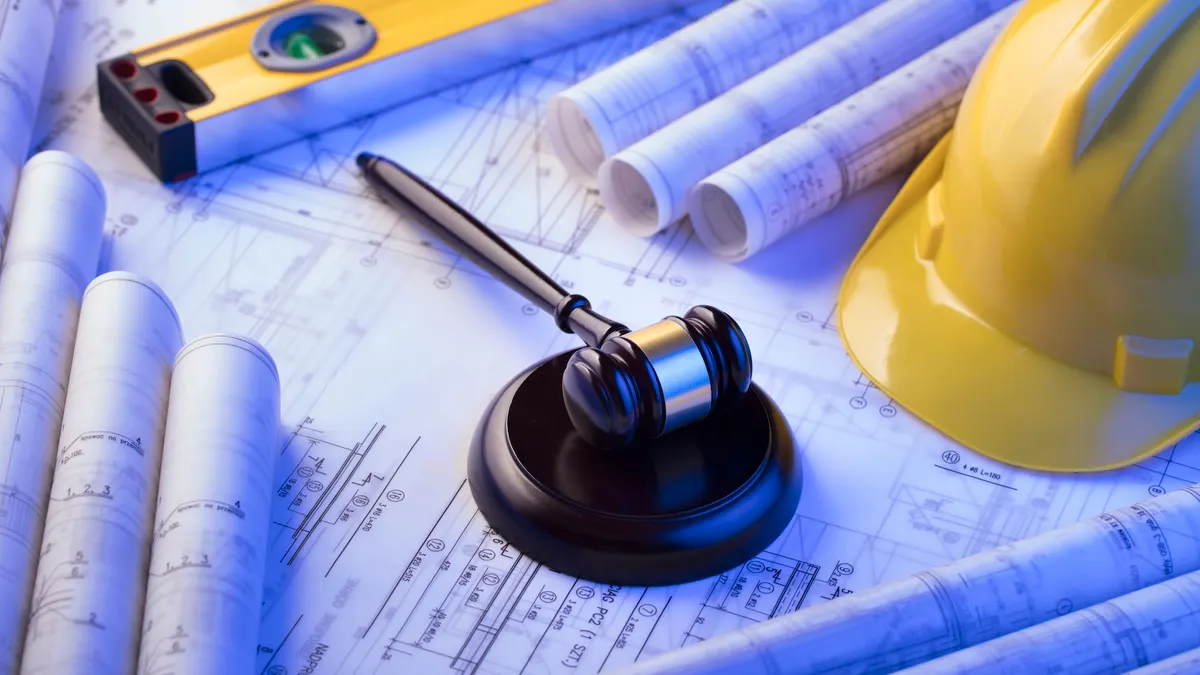Matthew Wardlow, P.E., is Environmental Division Manager at CTL|Thompson, a full-service geotechnical, structural, environmental and materials engineering firm. CTL|Thompson recently earned the American Council of Engineering Companies (ACEC) Grand Conceptor Award for Colorado.
Sometimes in the course of our careers as engineers, conditions align to implement an unusual solution. I call these "Goldilocks" projects, because conditions are "just right." Our team spent the past three years enacting such a solution.
The project? A 13-acre, $25 million sports facility that would be the new home of an athletic complex for Metro State University of Denver, revitalizing a brownfield site. The urban university's leadership hoped to reuse the land to house fields for its baseball, softball and soccer teams, along with tennis courts, running paths and other facilities that would also be open to the community.
The problem? The inner-city site had a long industrial history that left significant environmental contaminants, including rail line detritus and a groundwater plume originating from a former chemical facility.
The ultimate solution? Deep dynamic compaction, an underutilized process that involves dropping a 30-ton weight from a 100-foot crane to compact and densify debris and soils, providing a safe and cost-efficient alternative to hauling away thousands of yards of loose fill and contaminants.
There is, of course, more to the story.
Before initiating the project, geotechnical and environmental teams conducted studies on the brownfield site that revealed both surface and groundwater contaminants and unconsolidated fill, issues that typically require excavation of contaminated soils and replacement with suitable import fill materials. There were tens of thousands of yards of debris that would require removal, making excavation of the entire complex economically unfeasible. To exacerbate the problem, the fill was deeper than 15 feet in some areas, and it had to be compacted properly before constructing fields or tennis courts.
Add to that an extremely aggressive timetable. The tennis courts on the property needed to be open for use by August 2013 — a mere seven months after testing began.
Luckily, a cross-discipline meeting led to the suggestion of deep dynamic compaction. The technique is relatively new (in engineering terms). It has not been widely used because slamming a 30-ton weight into the ground repeatedly from a height of 100 feet can be disruptive. The site, however, was vacant and relatively isolated, adjacent only to light industrial structures — only some of which were occupied.
For deep dynamic compaction, soil conditions must be within a very specific range. Too much clay, commonly found in soils along the Colorado's Front Range, can act as a sponge or reflect back the force of the drop weight. As it happened, the soon-to-be ballfield site was a mixture of sand, clay and debris — precisely the right type of soil to compact properly. In addition, the site was large enough for the approach to be economical, and sufficient to mobilize and store specialized equipment brought in from Chicago.
Client "conditions" are also a factor. Metro State proved to be willing to take the risks associated with the rarely used technique.
The deep dynamic compaction process began in January 2013. The crane dropped the weight seven times, moved 10 feet to the next grid location and repeated the process. A typical day resulted in a grid of approximately 80 craters, each up to 5 feet in depth. After an inspection by an environmental technician, the craters were filled in and graded. The next day, a new area would be cratered, inspected and graded over. The first pass for the entire property occurred over three months. Then a second round of deep dynamic compaction occurred, this time at the offset grid locations. A final, quicker, "tamping" pass, using a lighter weight, was performed to complete the effort.
During the weeks when the deep dynamic compaction took place, the team took measures to monitor air quality and vibration from the impact. Around the site perimeter, the drop concussions were not significantly affecting nearby structures.
At the end of the process, geotechnical drilling was used to evaluate the soil densification. This was accomplished by dropping a 140-pound hammer a height of 30 inches into the soil, at various depths and locations, and recording the number of blow counts needed for penetration. Blow counts often were double those recorded prior to deep dynamic compaction.
For the majority of the site, compaction followed by a clean soil cap successfully mitigated any environmental concerns. It should be noted, however, that excavation and replacement was unavoidable in a few areas. Because the site once held truck fleets, cold-storage facilities, a rail yard for coal and, on adjacent land, a chemical storage company, some areas contained contaminants such as buried asbestos, a tank, drains, balls of tar from historical rail maintenance and soil containing lead. Sorting all of the excavated material and monitoring it for contaminants minimized additional delays.
The compacted material created a smooth, solid surface, well-suited for the hundreds of thousands of students and community members who would use the university's tennis courts and sporting fields. The technique minimized differential settlement in buildings, tennis courts and athletic fields. Compacting potential contaminants in place ultimately saved disposal costs. Of particular note, the clean top layer of material led the site to meet environmental requirements: It received a No Further Action letter from the Colorado Department of Public Health & Environment (CDPHE) Voluntary Cleanup and Redevelopment Program.
Deep dynamic compaction was designed as a solution to the ever-diminishing supply of land, particularly in high-demand urban areas. Successful projects may open up more opportunities to build on brownfield sites across the United States, mitigating hazardous conditions, limiting sprawl and positively affecting both a city's citizenry and its economy.




















